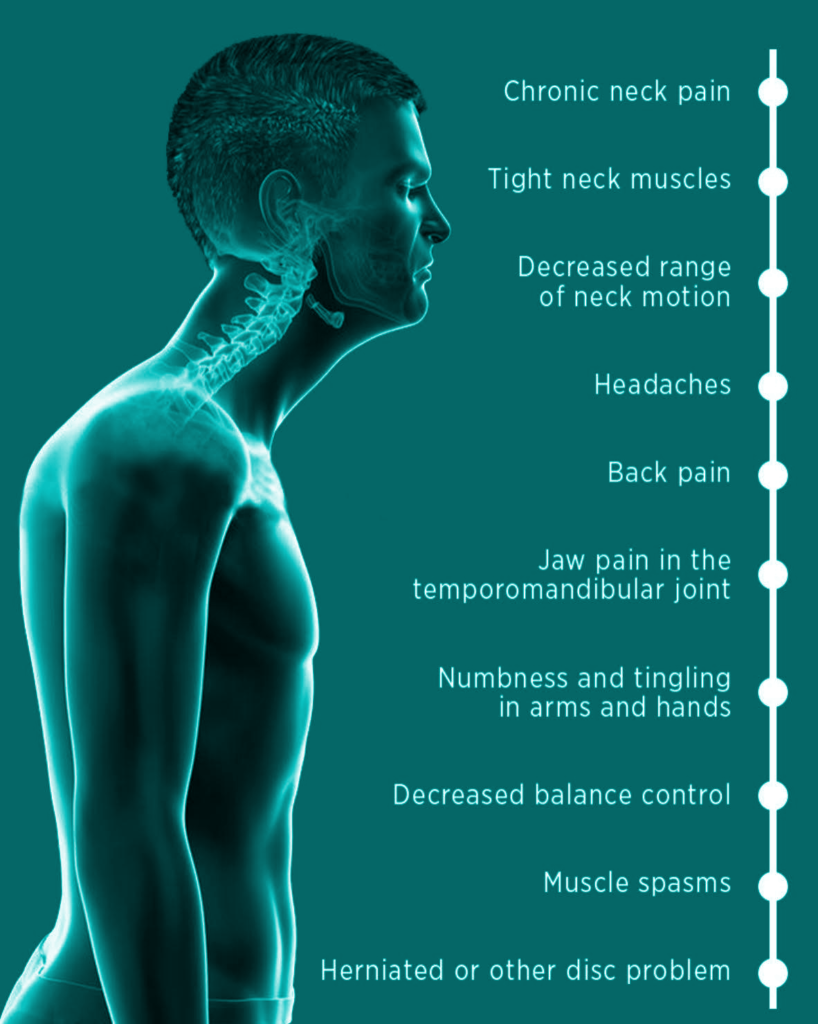How To Prevent, Heal And Recover Faster From Injury

The highest ideal of cure is the speedy, gentle and enduring restoration of health by the most trustworthy and least harmful way.
~Samuel Hahnemann - Father of Homeopathy
Non-pharmacological management is an alternative treatment option. In a 2011 review of randomized clinical trials (RCTs) on manual therapy for migraine, the RCTs suggest that massage therapy, physiotherapy, relaxation and chiropractic spinal manipulative therapy might be equally effective as propranolol and topiramate in the prophylactic management of migraine.

Where you experience your headache shows me exactly what specific points need to be released to bring instant relief. I can show you how to relieve your headache causing trigger points quite efficiently.
A German Pilot Study in 2017 found Trigger Point Therapy alone, or in combination with Lymphatic Drainage to be beneficial for migraine prophylaxis for 8 weeks after completion of treatment.
In a 2017 Randomized controlled trial 22 outpatients with chronic migraines were studied. The aim of the study was to evaluate the feasibility of Myofascial and Trigger Point Treatment receiving prophylactic treatment with onabotulinumtoxinA and evaluate the treatment effects on headache frequency and intensity, analgesic consumption, cervical range of motion, trigger point pressure pain threshold, quality of life, and disability. They concluded that Manipulative techniques aimed at reducing peripheral nociceptive triggers might add value in the management of chronic migraine symptoms and lower acute medication use. This had a clinical rehabilitation impact being that an interdisciplinary approach comprising pharmacological and non-pharmacological strategies can reduce analgesic consumption and myofascial dysfunction symptoms in chronic migraine patients.
A lack of exercise, movement and blood flow or posterior chain weakness can also contribute to postural misalignment and muscular tension which can be easily prevented or corrected by booking a Myofascial Release Session, Trigger Point Therapy Session, Deep Tissue/Sports Therapy Session. I can give you exercises to strengthen your posterior chain and correct head forward carriage or desk posture. Some examples would be: bent over rows, deadlifts, superman pose and seated rows.
Book a Functional Self-Myofascial Release Session if you’d like to learn techniques that encourage myofascial release and trigger point relief to your home program.
Book a Pregnancy Massage session if your headaches are caused by postural changes due to carrying a growing baby.
Stress either physical, mental or emotional from your self talk, incorrect social networks etc can contribute to muscular tension. Self awareness techniques such as meditation, yoga, yoga nidra and breathing techniques can aid in quieting the mind which in turn relaxes the body. Ask me to show you some techniques.
Mitigate stress by selectively choosing carefully who you hang out with and get into a healthy sleep routine.
Nutritional deficiencies such as Magnesium, Calcium, Vit B12, Vit B2, CoQ10 can be triggers for migraines and headaches. These nutrients are critical for brain and neurological function and are found to be suboptimal in migraine sufferers.
Book a Naturopathic consult for recommendations on good supplements and foods high in
these micronutrients.
Neurotransmitter imbalances such as too much serotonin can play a role in headache intensity and frequency. Most serotonin is made in the gut so what you eat and how it affects your microbiome, plays an important role in reducing headaches. We must keep the microbiome and digestion optimal and supply the nutrients for neurotransmitter product on.
Once you book a Naturopathic Coaching or Seven Week Health Transformation Plan you will be sent a Neurotransmitter Quiz to fill out that will point to deficiencies that we can easily correct.
Gastrointestinal disorders, such as leaky gut syndrome and inflammatory bowel disease can cause bacterial overgrowth. Bacteria grows when food isn’t digested properly, causing histamine overproduction. Normal levels of DAO enzymes can’t break down the increased levels of histamine in your body, causing a reaction. Allergenic environmental triggers such as mold, dust, ragweed and pollen are common triggers.
Caffeine can be a common cause of migraines stimulating adrenalin and noradrenalin production. Drinks such as energy drinks, green tea, black tea, mate tea and alcohol block DAO (an enzyme diamine oxidase) which breaks down histamine that you take in from food, leading to a possible histamine intolerance. Chocolate contains caffeine and may trigger migraines. According to a 2001 study, women who had experienced migraine in the last year were twice as likely to trigger a headache by drinking cold water.
I hope this article has helped give you some insight into headaches and migraines.
I look forward to working with you soon!
